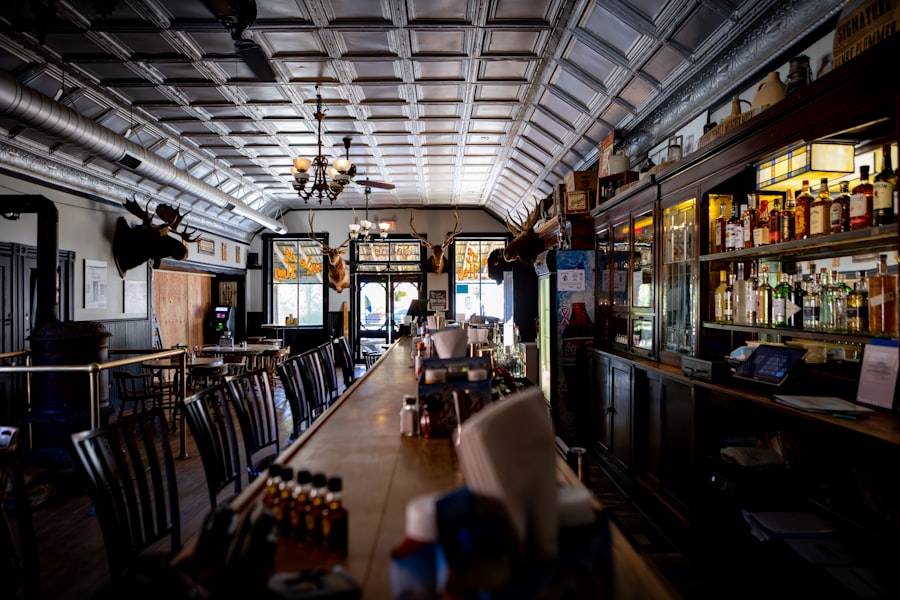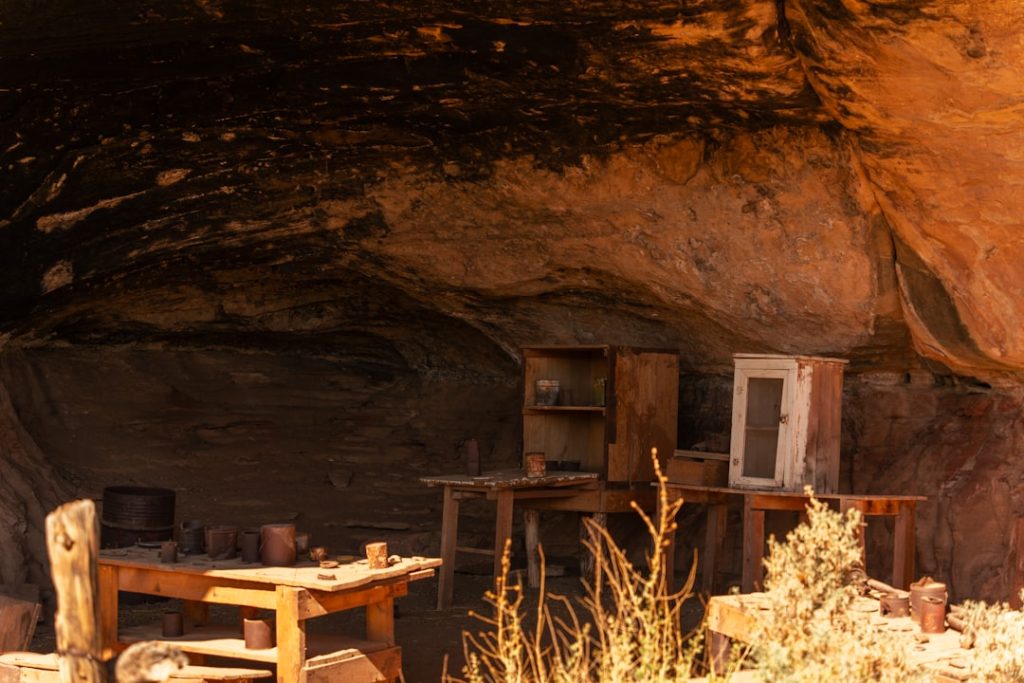The concept of flat pack furniture has revolutionized the way we think about home design and organization. Originating in Sweden with the iconic IKEA brand, flat pack cabinets have gained immense popularity due to their affordability, ease of transport, and straightforward assembly. The rise of these cabinets can be attributed to several factors, including the increasing demand for functional yet stylish home solutions, the growth of urban living spaces, and a shift towards DIY culture.
As more people seek to personalize their living environments without breaking the bank, flat pack cabinets have emerged as a practical choice for homeowners and renters alike. In recent years, the flat pack cabinet market has expanded beyond traditional retailers, with numerous online platforms offering customizable options. This shift has allowed consumers to select designs that cater to their specific needs and preferences.
The convenience of ordering cabinets that arrive in manageable boxes has made it easier for individuals to furnish their homes, especially in urban areas where space is at a premium. As a result, flat pack cabinets have become synonymous with modern living, providing a blend of style, functionality, and accessibility that appeals to a wide range of consumers.
Key Takeaways
- Flat pack cabinets have gained popularity due to their affordability and ease of transport.
- Custom flat pack cabinets offer personalized design options and better space utilization.
- Designing your own cabinets allows for tailored aesthetics and functionality to match your needs.
- Proper installation involves following clear, step-by-step instructions to ensure durability.
- Advances in materials and technology are driving innovative trends in flat pack cabinet design.
Benefits of Custom Flat Pack Cabinets
One of the most significant advantages of custom flat pack cabinets is their ability to cater to individual tastes and requirements. Unlike pre-assembled options that may not fit perfectly into a given space or match a homeowner’s aesthetic, custom flat pack cabinets can be tailored to meet specific dimensions, colors, and finishes. This level of personalization ensures that each cabinet not only serves its intended purpose but also enhances the overall design of the room.
For instance, a homeowner may choose a sleek, minimalist design for a contemporary kitchen or opt for a rustic finish to complement a farmhouse-style living area. Another benefit lies in the cost-effectiveness of custom flat pack cabinets. Traditional cabinetry can be prohibitively expensive, often requiring professional installation and significant lead times.
In contrast, flat pack cabinets are typically more affordable and can be assembled by the homeowner or a skilled DIY enthusiast. This not only saves money but also allows for greater flexibility in budgeting for other home improvement projects. Additionally, many manufacturers offer a range of materials and finishes at various price points, making it easier for consumers to find options that fit their financial constraints without sacrificing quality.
Designing Your Own Custom Flat Pack Cabinets

Designing custom flat pack cabinets involves several considerations that can significantly impact both functionality and aesthetics. The first step is to assess the available space and determine the specific needs of the area where the cabinets will be installed. For example, in a kitchen setting, one might prioritize storage solutions for pots, pans, and pantry items, while in a bathroom, the focus may shift to accommodating toiletries and linens.
By understanding the intended use of the cabinets, homeowners can make informed decisions about layout and design. Once the functional requirements are established, the next phase involves selecting materials, colors, and finishes that align with the overall design vision. Homeowners can choose from a variety of materials such as plywood, MDF (medium-density fiberboard), or particleboard, each offering different levels of durability and aesthetic appeal.
Additionally, finishes can range from laminate to natural wood veneers, allowing for a wide spectrum of styles from modern to traditional. Incorporating elements like hardware choices—handles, knobs, and hinges—can further enhance the design and provide a cohesive look that reflects personal taste.
Installing Flat Pack Cabinets: A Step-by-Step Guide
| Step | Task | Estimated Time | Tools Required | Difficulty Level |
|---|---|---|---|---|
| 1 | Unpack and Inspect Cabinets | 30 minutes | Utility knife, gloves | Easy |
| 2 | Prepare the Wall and Mark Layout | 45 minutes | Measuring tape, pencil, level | Medium |
| 3 | Assemble Cabinet Boxes | 1-2 hours | Screwdriver, drill, screws | Medium |
| 4 | Install Wall Cabinets | 1-2 hours | Drill, level, screws, stud finder | Hard |
| 5 | Install Base Cabinets | 1-2 hours | Drill, level, shims, screws | Hard |
| 6 | Attach Doors and Hardware | 30-60 minutes | Screwdriver, drill | Medium |
| 7 | Final Adjustments and Cleanup | 30 minutes | Level, screwdriver, cleaning cloth | Easy |
Installing flat pack cabinets may seem daunting at first glance; however, with careful planning and attention to detail, it can be a straightforward process. The first step is to gather all necessary tools and materials before beginning assembly. Common tools required include a screwdriver, level, measuring tape, and possibly a drill for securing cabinets to walls or each other.
It’s also essential to read through the assembly instructions provided by the manufacturer thoroughly. The assembly process typically begins with constructing the cabinet boxes themselves. This involves connecting side panels to top and bottom panels using dowels or cam locks as specified in the instructions.
Once the boxes are assembled, shelves can be installed according to the desired height settings. After constructing all cabinet boxes, it’s time to position them in their designated spaces. Using a level ensures that each cabinet is straight and aligned properly before securing them to the wall or each other for stability.
Finally, attaching doors and hardware completes the installation process, transforming flat-packed components into functional cabinetry.
Choosing the Right Materials for Your Flat Pack Cabinets
Selecting appropriate materials for flat pack cabinets is crucial for ensuring durability and aesthetic appeal. The most common materials used in flat pack cabinetry include particleboard, MDF, plywood, and solid wood. Particleboard is often favored for its affordability and lightweight nature; however, it may not withstand heavy loads as well as other materials.
MDF offers a smooth surface ideal for painting or veneering but can be susceptible to moisture damage if not properly sealed. Plywood stands out as a more robust option due to its layered construction, which provides strength and resistance to warping. It is often used in higher-end cabinetry where durability is paramount.
Solid wood is another excellent choice for those seeking longevity and natural beauty; however, it typically comes at a higher price point. When choosing materials, it’s essential to consider factors such as budget constraints, intended use of the cabinets, and environmental conditions that may affect material performance over time.
Customizing Your Flat Pack Cabinets to Fit Your Space

Customization is one of the hallmarks of flat pack cabinets that sets them apart from traditional cabinetry options. Homeowners can tailor their cabinets not only in terms of size but also in configuration to maximize storage efficiency in unique spaces. For instance, corner cabinets can be designed with specialized shelving or lazy Susans to make use of otherwise wasted space in kitchens or living rooms.
Additionally, customization extends beyond mere dimensions; it encompasses features such as adjustable shelving heights, pull-out drawers for easy access to items at the back of deep cabinets, or integrated lighting solutions that enhance visibility within dark spaces. By considering how each cabinet will function within its environment, homeowners can create solutions that are both practical and visually appealing. This level of customization allows individuals to transform their spaces into highly functional areas tailored specifically to their lifestyles.
Maintenance and Care for Flat Pack Cabinets
Maintaining flat pack cabinets is essential for preserving their appearance and functionality over time. Regular cleaning is one of the simplest yet most effective ways to ensure longevity. Using a soft cloth dampened with mild soap and water can help remove dust and grime without damaging surfaces.
It’s important to avoid harsh chemicals or abrasive cleaners that could scratch or degrade finishes. In addition to routine cleaning, homeowners should periodically check for any signs of wear or damage. This includes inspecting hinges and drawer slides for proper function and tightening screws as needed to maintain structural integrity.
If any components become damaged over time—such as doors or shelves—many manufacturers offer replacement parts that can be easily ordered online. By staying proactive about maintenance tasks, homeowners can extend the life of their flat pack cabinets while keeping them looking fresh and new.
The Future of Flat Pack Cabinets: Trends and Innovations
As consumer preferences evolve alongside technological advancements, the future of flat pack cabinets appears promising with numerous trends on the horizon. One notable trend is the increasing demand for sustainable materials in cabinetry production. Eco-friendly options such as bamboo or recycled wood products are gaining traction among environmentally conscious consumers who seek stylish yet responsible choices for their homes.
Moreover, innovations in technology are paving the way for smarter cabinetry solutions. For instance, integrated smart home technology is becoming more prevalent in modern cabinetry designs—think built-in charging stations or LED lighting systems that respond to motion sensors. These advancements not only enhance functionality but also contribute to an overall seamless user experience within contemporary living spaces.
In conclusion, flat pack cabinets have established themselves as a versatile solution for modern home design needs. Their rise in popularity reflects changing consumer preferences towards customization and affordability while maintaining style and functionality. As trends continue to evolve with an emphasis on sustainability and technology integration, flat pack cabinets are poised to remain at the forefront of innovative home furnishing solutions for years to come.



